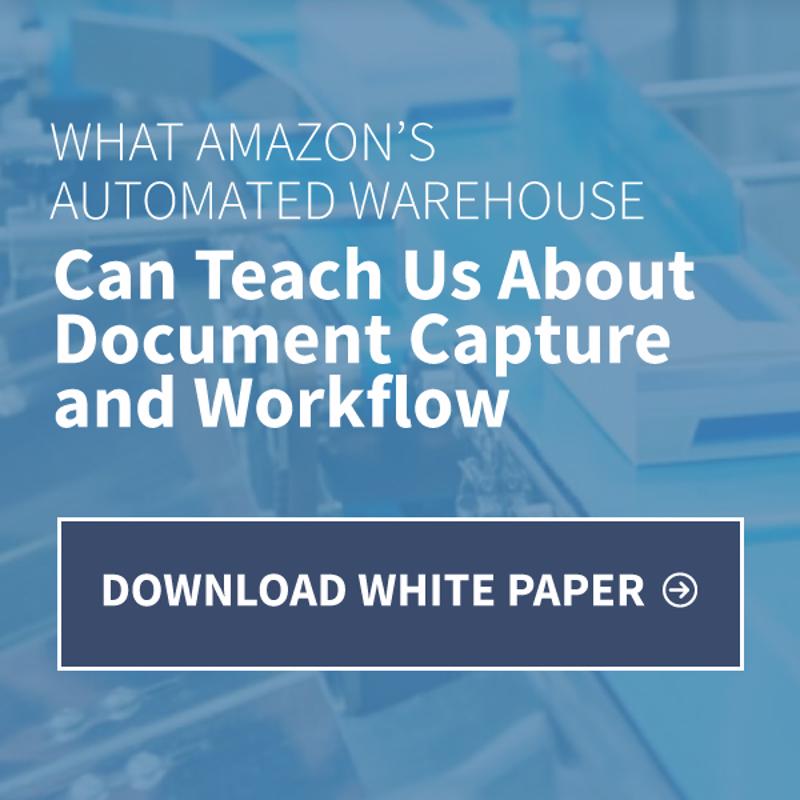
Care providers avoid disaster in hurricanes with document management
The ability of any health care provider to keep and protect accurate records for all patients is vital in today's marketplace, and electronic health records play an increasing role in that dynamic. To that end, document management platforms are also becoming more important, and the aftermath of Hurricane Harvey highlights exactly why.
The area in and around Houston, which was battered by Hurricane Harvey in early September, saw significant flooding that set many businesses of all shapes and sizes back considerably. That included health care providers, but some of those organizations were able to deal with the storm better than others, according to Healthcare IT News. One such care provider, with multiple locations in the region, was able to use cloud-based document management services to provide top-notch care, even when one of those locations was flooded.
Crucial flexibility
The ability to access medical records from anywhere using a document management platform became important because other providers in the area weren't as well-equipped to handle the issues that arose due to the storm, so its locations not only served its normal patient load, but more people as well, the report said. Indeed, among the numerous care providers around that metro area, those that seemed to have the most success in ensuring things went as smoothly as possible were those that had electronic health records they could access remotely when needed.
"While others suspended service, we were doing normal operations," Rob Turner, CEO and COO of Advanced Diagnostics Hospital and Clinic, told the site. "We had the comfort of keeping patients in-house. We used our in-house EHR and moved forward, based on appropriate preparation."
A common problem
Unfortunately, the problem of care providers not being able to access all the critical patient data they need is all too common, according to Reuters Health. A recent study found that only 30 percent of hospitals can easily find, send and receive EHRs in a timely fashion. That was up from just 25 percent a year earlier, but still represents a major hurdle for care providers.
With these issues in mind, it might be important for care providers to look into their options for remote capture and advanced document digitization to get a better handle on the way forward.

